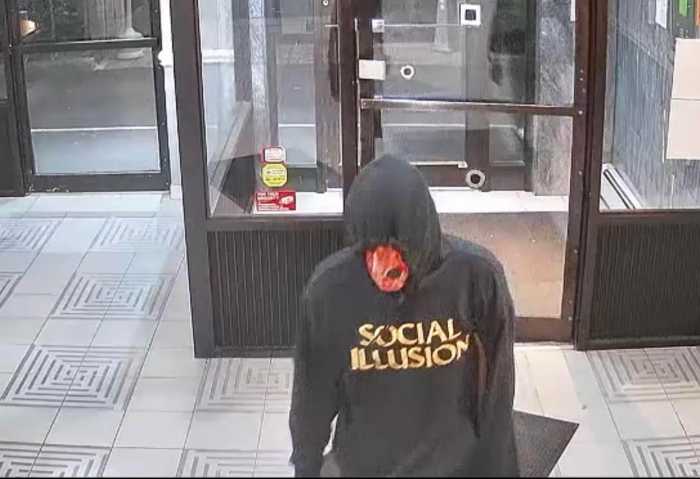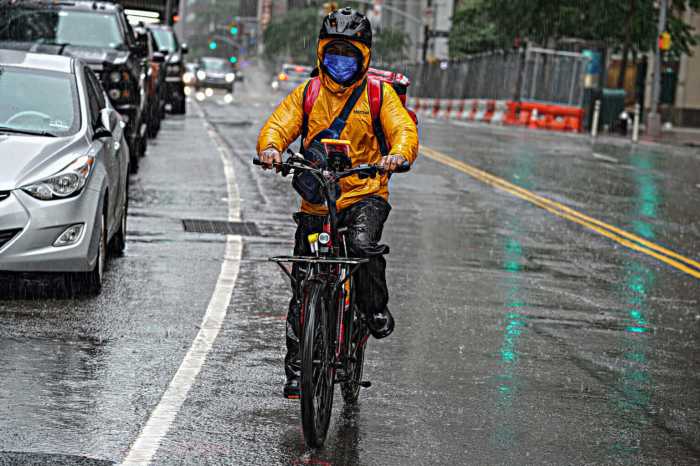
The ban on polystyrene foam clam shells, cups and plates, as well as packing peanuts was announced in January. It goes into affect on July 1.
What you need to know
- The ban follows City Hall legislation that mandated if expanded polystyrene foam (EPS) couldn’t be feasibly integrated into recycling system, it should be banned. Dept. of Sanitation determined it could not.
- Other cities with Styrofoam bans include Seattle, Portland, Malibu, Oakland and Minneapolis.
- It began as a Michael Bloomberg initiative a month before he left office.
- It starts July 1, 2015, with a grace period until January 1, 2016, when fines will be given out.
Who is affected
- Any institution, restaurant, food cart or company that uses, sells or produces Styrofoam products.
- Department of Education cafeterias plan to get compostable trays in 2015.
- Small businesses or nonprofits with less than $500,000 in revenue per year can file a Hardship Waiver to be exempt.
- Bars that serve beer in styrofoam cups, like old-school dives The Turkey’s Nest in Williamsburg and Jeremy’s in South Street Seaport.
What you’ll need to say goodbye to:
- Many single-use containers, such as “clamshell” boxes, which are common at food carts and delis, takeout containers, cups, bowls and plates made of the material.
- “Loose-fill polystyrene,” or packing peanuts
Exceptions include:
- EPS containers used for prepackaged food that have been filled and sealed prior to the ban, as well as EPS containers storing raw poultry or fish from a butcher or similar store.

































